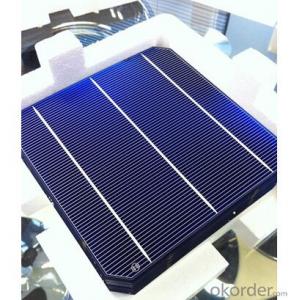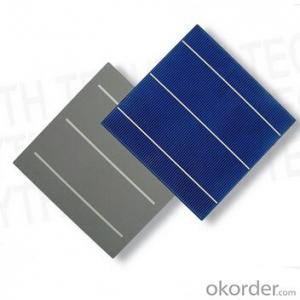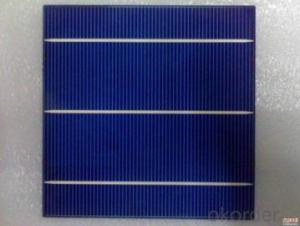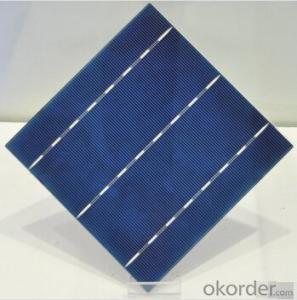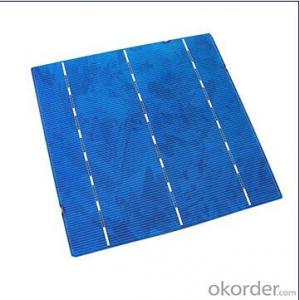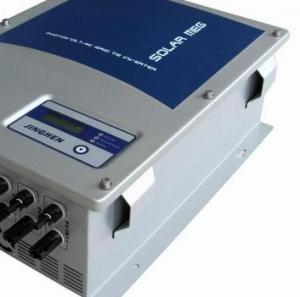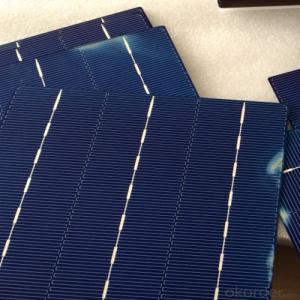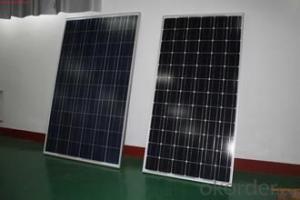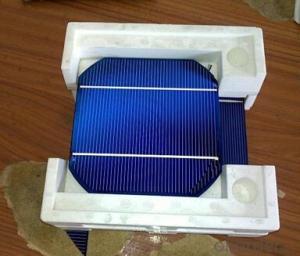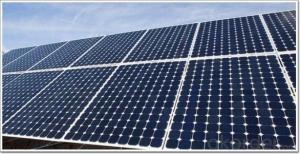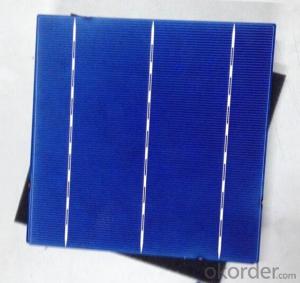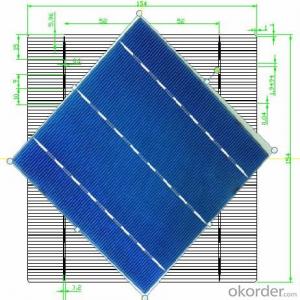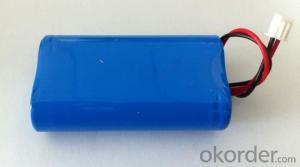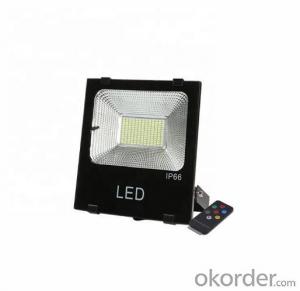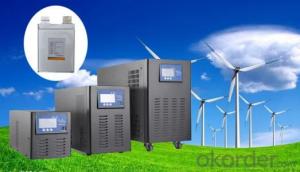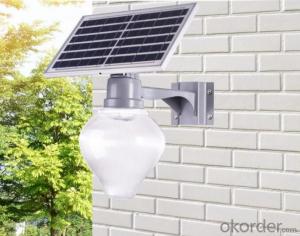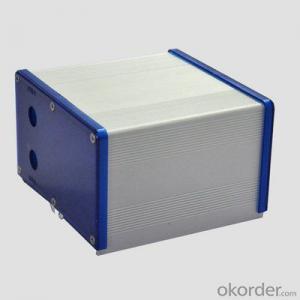C Si Solar Cells
C Si Solar Cells Related Searches
Si Solar Cells Cesi Solar Cells Cdte Solar Cells Cigse Solar Cells Cztsse Solar Cells Cis Cigs Solar Cells Cdte Thin Film Solar Cells Perc Silicon Solar Cells Csiro Printed Solar Cells Nano Solar Cells Iii V Solar Cells Cadmium Solar Cells Satellite Solar Cells Cis Solar Module 3d Solar Cells Compact Solar Cells Solar Energy Cells Chinese Solar Cells Perc Solar Cells 12 Volt Solar Cells Crystalline Solar Cells Ibc Solar Cells Rec Solar Cells Cigs Solar Cells Bosch Solar Module C Si M 60 Photovoltaic Solar Cells Bosch Solar Module C-Si M 60 Czts Thin Film Solar Cells Amorphous Silicon Solar Cells Bifacial Solar CellsC Si Solar Cells Supplier & Manufacturer from China
C Si Solar Cells, which are crystalline silicon solar cells, are a type of photovoltaic technology that harnesses the power of the sun to generate electricity. These solar cells are made from high-purity silicon and are known for their efficiency and reliability. They are widely used in various applications, including residential, commercial, and industrial settings, as well as in off-grid and grid-tied systems. The versatility of C Si Solar Cells makes them suitable for a range of usage scenarios, from powering small electronic devices to providing energy for large-scale power plants.Okorder.com is a leading wholesale supplier of C Si Solar Cells, offering a vast inventory to cater to the diverse needs of customers worldwide. With a commitment to quality and customer satisfaction, Okorder.com ensures that the C Si Solar Cells they provide meet the highest industry standards. Their extensive inventory allows customers to find the right solar cells for their specific requirements, whether it's for a small-scale project or a large-scale energy generation system.
Hot Products
